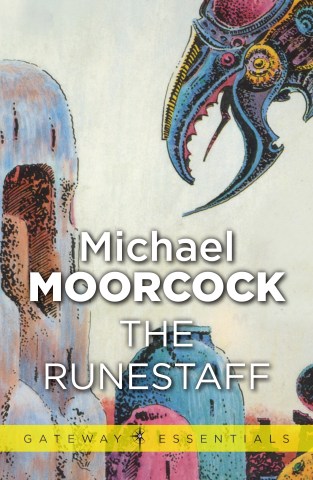Why you need to expose for the highlights
One of the concepts that it’s important to eliminate, or at least try to suppress a bit as you begin to experiment with exposure, is that for every single possible photo, there is necessarily such a thing as a right or wrong exposure.
 Too much light? Depends on the mood you’re trying to establish. A bit of overexposure adds lightness to the atmosphere of a photo, as well as the tonalities.
Too much light? Depends on the mood you’re trying to establish. A bit of overexposure adds lightness to the atmosphere of a photo, as well as the tonalities.
While you certainly want to understand how to capture the tonalities in a scene so that you aren’t sacrificing essential detail in the highlights or shadows, for instance, you don’t need to adhere to anyone else’s definition of what a correct exposure should look like. Exposure is no more about right or wrong than is the amount of milk you put in tea, or the temperature of your beer.
But still, it is important to understand the impact of over- and under-exposure on your images, so that you can both determine what you perceive to be a ‘normal’ exposure, and put the extremes to use creatively.
Overexposure happens when a scene gets more light than is required for a ‘normal’ exposure, and tones are recorded as lighter than they appear to the eye or to expectations. The danger of overexposing scenes is that, even when slight, detail may be completely lost in the lightest tones. There is a fine line between capturing the delicacy of a white swan feather, for example, and losing detail completely. Digital sensors are more prone to overexposure errors than is film and for that reason you’ll often hear the advice that you should ‘expose for the highlights’ when shooting digitally. By exposing so that highlight areas retain fine detail you avoid having ‘blank’ areas in the lighter tones where there is simply no discernible detail or surface texture.
 ‘Clipping’ is a term used to describe highlights that have received too much exposure and lost all detail as a result. It’s unavoidable in some situations, but should always be carefully monitored.
‘Clipping’ is a term used to describe highlights that have received too much exposure and lost all detail as a result. It’s unavoidable in some situations, but should always be carefully monitored.
Creative use of overexposure with certain types of subjects can produce interesting visual effects and often establishes a light, cheerful interpretation, particularly with light-toned and pastel-coloured subjects. If you’re photographing a field of tall yellow grasses in brilliant sunshine, for example, a small amount of intentional extra exposure will exaggerate the dreamy, romantic quality of the scene. The danger of too much exposure, however, is that you’ll lose so much detail in brighter-toned areas that the image will cross into the realm of abstraction or impressionism. That’s not a problem if it’s your intention, but often such scenes just look like they were made with sloppy exposure technique—it’s a fine creative line.
In general, the rule in digital exposure is to expose for the highlights and correct for the shadows in editing.
Michael Freeman’s Photo School: Exposure is Michael Freeman’s and Jeff Wignall’s guide to leaving auto mode in the dust and taking complete creative control of your images. Michael Freeman and Jeff Wignall bring their years of experience to the table regarding photography’s fundamental principles and teaching you all the professional techniques so you can nail the optimal exposure in-camera at the moment of capture, every time.
 Michael Freeman’s Photo School: Exposure
Michael Freeman’s Photo School: Exposure
Michael Freeman and Jeff Wignall
Buy it now!
RRP for print edition: £17.99




